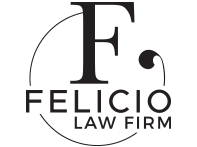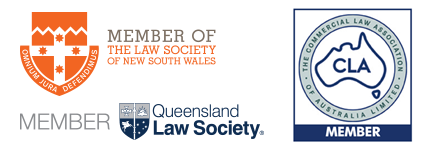
Judging by the press it is getting, buying and selling property through a self-managed superannuation fund (SMSF) is all the rage. But before you jump on the bandwagon, it’s important to understand what you are really in for.
Rules, rules and more rules
The single most important thing to be aware of before you take the plunge is that there are lots of rules for making these transactions. Here are just a few:
- You cannot buy and sell real estate through your SMSF trust deed unless it allows for such transactions.
- An SMSF must have at least one primary purpose. It can also have secondary purposes, as long as the fund is maintained to fulfill them.
- There are restrictions on ‘in house assets’.
- You cannot live in or rent any property purchased on behalf of your SMSF.
- No one related to you can live in or rent any property purchased on behalf of your SMSF .
- You cannot take out a loan to buy property for the SMSF unless the superannuation fund trust deed allows it.
What does all of this mean?
Looking at the rules we’ve just listed, it’s easy to see that some are largely self-explanatory. However, some clearly warrant further explanation.
The so-called sole purpose test
Let’s begin with the concept of primary and secondary purposes for SMSFs. In most cases, an SMSF is established to provide retirement benefits for its members. If so, that is considered its primary purpose. A secondary purpose may be to provide benefits in case of illness.
So what does this mean if you want to buy real estate on behalf of your SMSF? Simply put, the purchase must be made to advance the fund’s primary and secondary goals. In other words, buying a rental property to generate income for the fund is fine. Buying a beachfront property to use as a second home, renting it out occasionally and keeping the income is not.
Provisions pertaining to in-house assets
Now let’s talk about in-house assets. An in-house asset is defined as any asset that a member or a member’s relative contributes to the fund. As a general rule, any such assets cannot account for more than five percent of the fund’s total value. However, there are always exceptions to this rule.
To clarify this further, let’s say your sister owns an investment property. You want to buy it and the two of you have settled on $250,000 as a fair price. Your SMSF has $500,000 in total assets. In this case, the investment property would be classified as an in-house asset. Assuming the sale went through, the property value would account for 1/3 of the fund’s total assets. In this case, the transaction would clearly violate the rule detailed above.
But now let’s say that you have your own business, and you own the property where it is based. Let’s also suppose that you want to transfer the property into your SMSF. Because the rule we detailed above does not apply to business real estate, this is theoretically fine. However, there is a catch. You must:
- Lease the property from your SMSF under a written lease; and
- it is a commercial lease.
Additional stipulations pertaining to borrowing
As we have already noted, there are also rules pertaining to borrowing in order to purchase property on behalf of your SMSF. Here are a few more things to keep in mind.
- Your only loan option is ‘limited recourse borrowing’.
- This type of loan only allows for the purchase of one asset.
- It tends to carry higher costs.
- You must use SMSF funds to repay the loan.
- There are potential tax implications.
- You cannot make any changes affecting the property’s ‘character’ until the loan is paid off.
But what about selling property?
Yes, it is also possible to sell property on behalf of an SMSF. Depending on your circumstances, you may even be able to sell it to yourself.
Let’s say for example, that you need to get rid of the property because it isn’t generating enough income to cover certain obligations. Now let’s say that you’re also planning on moving soon. One option may be to have the SMSF sell the property to you for fair market value so you can live there during your house hunt. There is an important caveat, however. This is that you must pay any and all applicable taxes.
The bottom line
To sum it all up, using an SMSF to buy or sell real estate is complicated. Therefore, it is important to get sound legal and financial advice from qualified professionals. If you are interested in buying or selling property through your SMSF, we are happy to provide the legal advice and guidance you need to make an informed decision. Contact our Erina Conveyancing lawyers today on (02) 4365 4249 or through our website to set up a meeting where we can discuss your needs.



